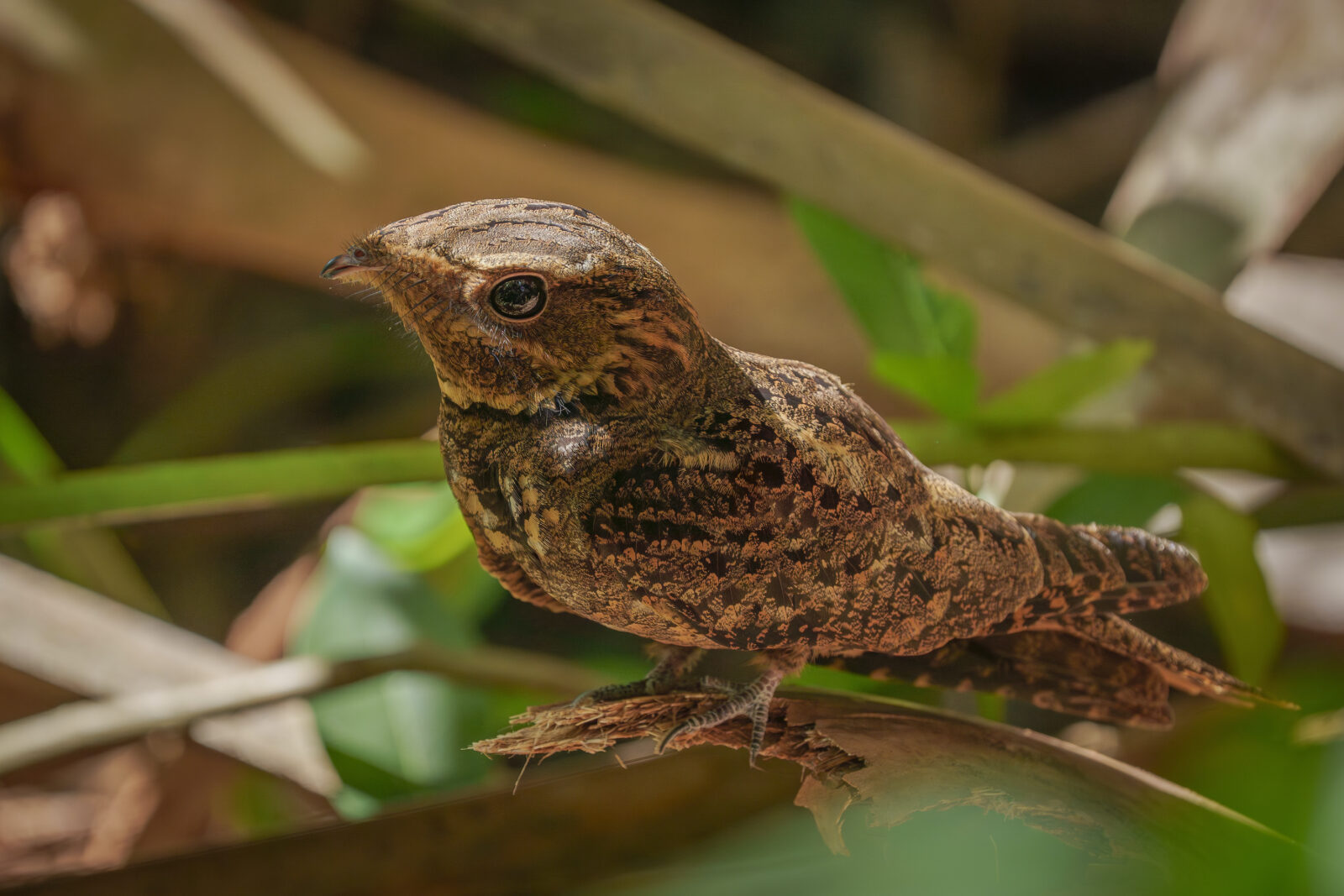
Was That a Whippoorwill or a Chuck-Will’s-Widow?
While reporting a story at Archbold Biological Station in the ancient sand dunes of Central Florida in March, I stand on the porch under a starry sky and hear one of my favorite sounds in the world: the lilting call of a whippoorwill. Excited, I whip out my phone to text the news to ornithologist John Fitzpatrick—incidentally the cofounder of e-Bird, which powers the hugely popular birding app Merlin—who is staying in a nearby cabin. Within seconds, his response pops up: “Was it a whippoorwill or a chuck-will’s-widow?”
Good question. After pulling up the Merlin app and wondering why I hadn’t just used the damn thing before firing off a text to the guy who invented it, the result comes in: It’s a chuck-will’s-widow. Which means I’ve been misidentifying this bird for approximately my entire life.
Both birds are found all over the region during different parts of the year and sometimes overlap; whippoorwills winter in Southern states, while chuck-will’s-widows breed and spend summers here. They are nightjars, a family of insectivorous, medium-sized, nocturnal or crepuscular (active in twilight) birds with long wings, short legs, and even shorter bills. (Fun fact: Specialized feathers called rictal bristles help detect prey and funnel insects and occasionally even bats into the birds’ giant mouths.)
In less scientific terms, both species are kind of mottled and smooshed-looking, features that allow them to melt into the leaf litter on the forest floor or blend seamlessly into a branch during the day when they roost. Given the combination of their camouflage and the fact that they only start moving around at or after dusk, you’re not very likely to see either one, and the chuck-will’s-widow is especially secretive. That leaves their haunting songs as the only giveaway to their presence.
A whippoorwill.
The whippoorwill’s call, as Fitzpatrick later patiently explains to me, is high-pitched and rapid and often quickly repeated. The chuck-will’s-widow’s song is lower-pitched and slower, with pauses between the notes.
Here is the call of an eastern whippoorwill:
And here is the call of a chuck-will’s-widow:
These days, it’s a gift to hear either one. Once, whippoorwills and chuck-will’s-widows were common birds. Habitat loss and pesticide use have decimated the insects they rely on and sent their numbers into steep decline, according to the Cornell Lab of Ornithology—incidentally, the place that was run by Fitzpatrick for twenty-six years. It’s hard to imagine Southern woods without these creatures, who have so long played a prominent chord in the soundscape that they pop up all over historical documents. I wonder how many people, like me, have mixed the two species up and attributed the voice of a chuck-will’s-widow to its equally worthy, but distinct, cousin.
The next morning close to sunrise, just before I am due to meet Fitzpatrick (who doubtless is very impressed), I wake to the sound of an actual whippoorwill. I am pretty sure it is laughing at me.










